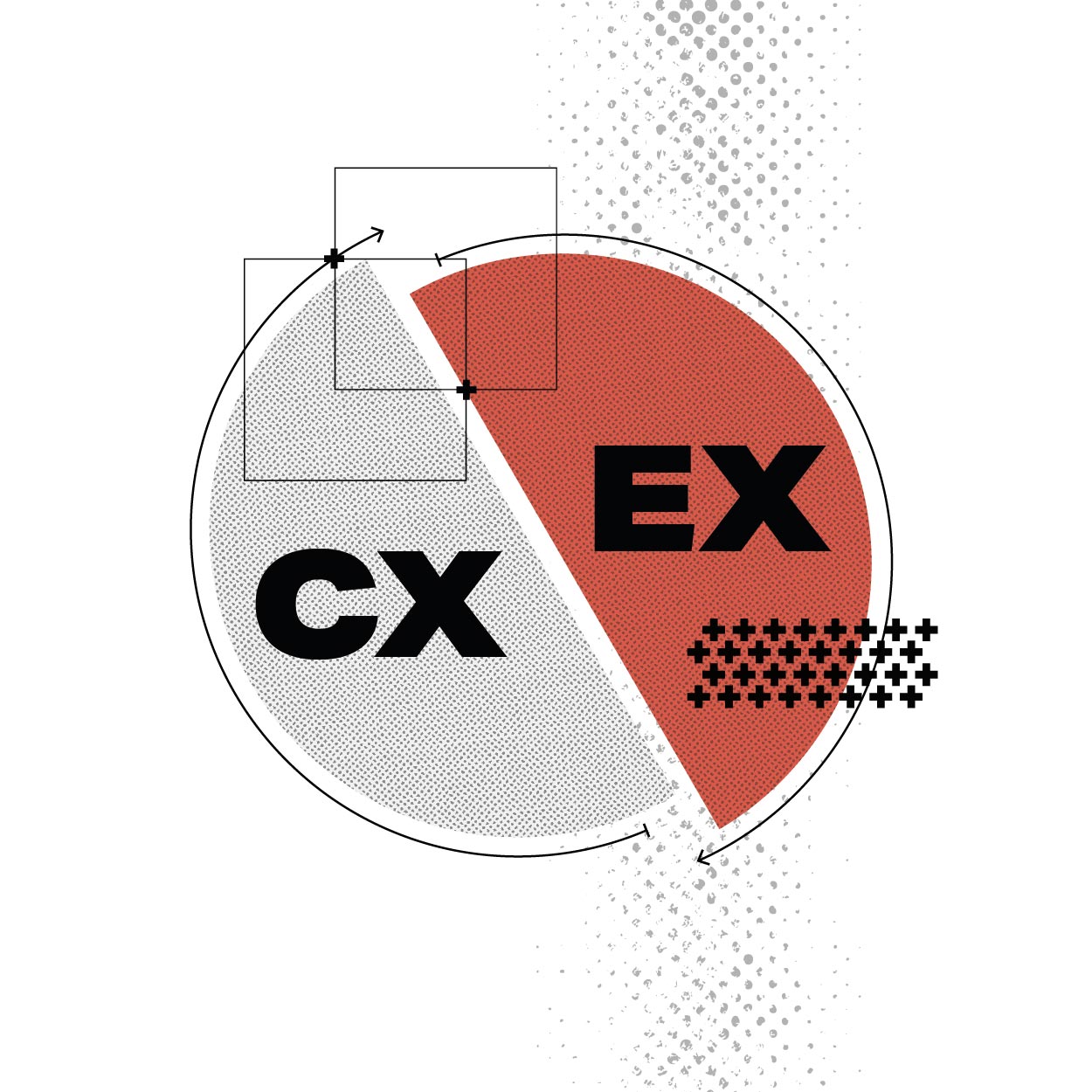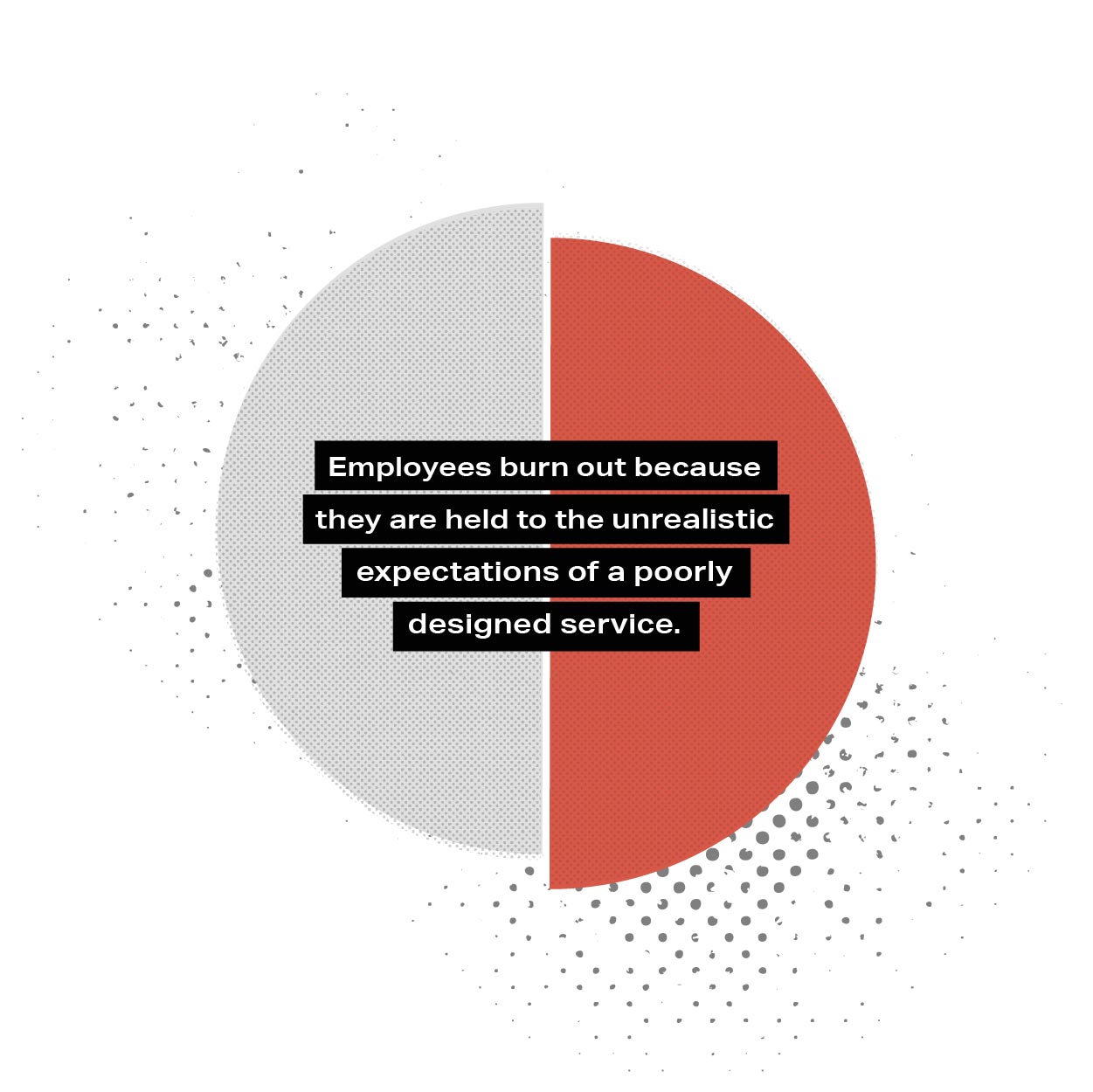

The cost of hiring–and losing–employees has never been higher, with a variety of factors coming into play. For starters, the average cost of hiring an employee is around $4,000, though this cost varies based on location, position, and industry. The cost of employee turnover is usually greater and can range anywhere between one-half to two times the employee’s salary, which takes into account lost productivity, hiring costs, training, onboarding costs, and more. On top of that, supply and demand have now made things even more challenging. According to the latest data from the US Department of Labor, labor force participation is lower today than any time in the past 20 years, with 4.2 million fewer workers in the labor force compared to just before the pandemic.
Suffice to say, companies that compromise their employee experience will not only see increased employee turnover, but higher costs to acquire new talent.
“Fifty-two percent of voluntarily exiting employees say their manager or organization could have done something to prevent them from leaving their job.”
– Shane McFeely and Ben Wigert, This Fixable Problem Costs U.S. Businesses $1 Trillion, Gallup
The employee experience extends well beyond whether or not kombucha is offered on tap in the office. When businesses notice low employee satisfaction scores or when employee turnover increases, they tend to look at one-sided solutions: provide better training, improve the hiring process, and start employee engagement initiatives. These can all be valuable, of course. But if the root of your employee experience problem is a misaligned service blueprint then these one-sided solutions will fail to provide meaningful results and only act as a bandaid to a much bigger wound.
In these situations, employees strive to meet extraordinary customer expectations without the process and system required for success. No matter how hard they work, they can’t overcome flaws in the system. They are set up to fail, which has ripple effects. Employees burn out because they are held to the unrealistic expectations of a poorly designed service. Remaining employees then take on the burden of additional work while replacements are found, which further perpetuates burnout. To achieve high customer satisfaction and lower employee turnover, organizations must redesign—and realign—the service.

